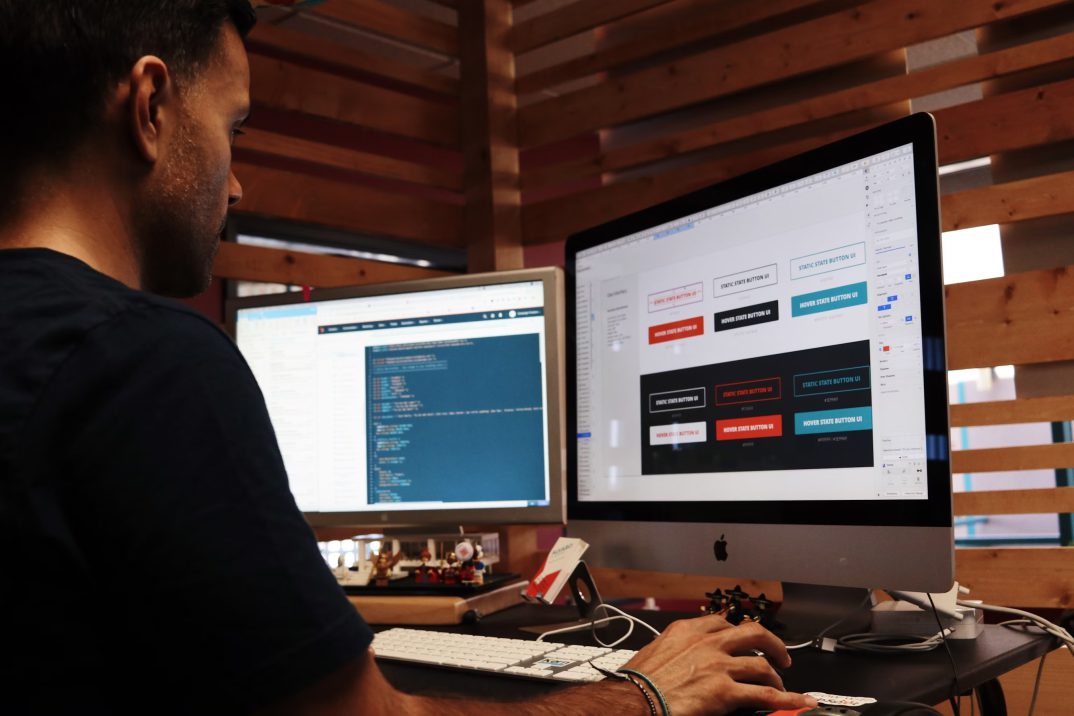Share
When practising SEO, there’s a seemingly endless list of technical tweaks that can help your site rank better. Some of them require more advanced knowledge about web design, which new online bloggers can struggle with at the start. At the same time, technical SEO issues can be some of the most punishing in Google’s algorithm. With that in mind, here are three quick and effective technical SEO tips that should help improve your site’s traffic.
Get an SSL Certificate
If you haven’t already, your site should have an SSL certificate. This is an encryption protocol that is cheap but very important. Most popular sites have an SSL certificate nowadays, often indicated by a small grey padlock.
Projecting security and authenticity is important for online sites, especially businesses. Every site that works with reputable payment processors needs to have one, including those in the e-commerce and iGaming industries. So many sites host interactive services on their pages, like online casino sites where users can play European roulette and digitalised versions of other games. Whenever a site exchanges data with users, an SSL certificate guarantees that the data is encrypted and protected during travel.
These have been a ranking signal in Google’s algorithms since 2014. Not having one looks suspicious to users and puts you at a significant algorithmic advantage. They are de facto required when operating a site nowadays, so many webmasters get SSL protection through their hosting plans. If you need to set it up for yourself, it’s simple and takes three steps:
- Generate a certificate signing request (CSR).
- Send the CSR to a certificate authority.
- Install the certificate on your website through your server manager.
Integrate Alt Text with Visuals
Putting images and videos into your content is a great idea. It makes your pages more dynamic, and modern users appreciate visuals more than ever. For some sites like Pinterest or YouTube, the lion’s share of the content is made from visuals.
Remember that Google’s algorithms don’t see visuals on your site, so including alt text is a small but very useful way to let Google know what an image contains. You’ll need to check out the HTML code of your page, then add a short, sweet description using keywords. Don’t stuff keywords, just make sure one or two of them appear naturally within the one or two sentences from alt text.
For video, you can do the same by providing a transcript of everything said. That, along with keyword-specific titles and descriptions, can help Google assign and rank the video for related keywords. You can also use video schema SEO to better optimise video using HTML code. By doing this, videos can become more eligible for rich snippets that appear on the top of results pages.

Make Your Site Faster
Alt text and video schema help the Google algorithm enjoy your website, but you still need to appeal to human users. Site speed is crucial and can undermine every other attempt at SEO if your site takes a little too long to load. Google can also place a penalty on your site if it detects slow load times.
However, the most disastrous impact comes from human users. Almost half of users will abandon a site if it takes longer than three seconds to load. Most SEO experts aim to get the wait time to under a second, where the bounce rate is significantly lower.
The aforementioned image and video optimisation helps keep speeds down. Otherwise, making use of a CDN, enabling compression and caching data in browsers helps reduce load times on the user end.
With these three tips, you’ve made a good start at implementing technical SEO best practices. You should also run audits on your site to find and purge broken links, duplicate content and other issues that are considered technical SEO. All else equal, an improved technical SEO profile should translate into better performance in search and more traffic
Jul 15, 2024
Like this:
Loading…




